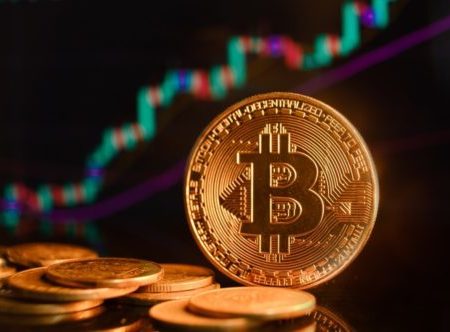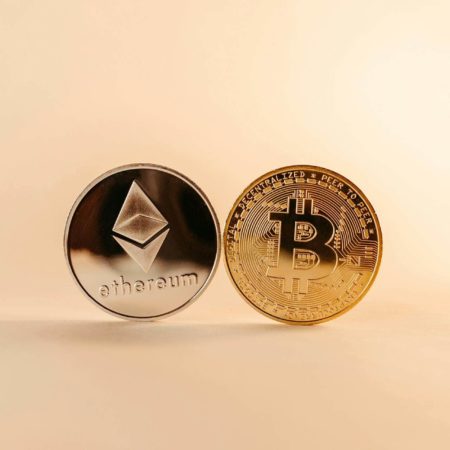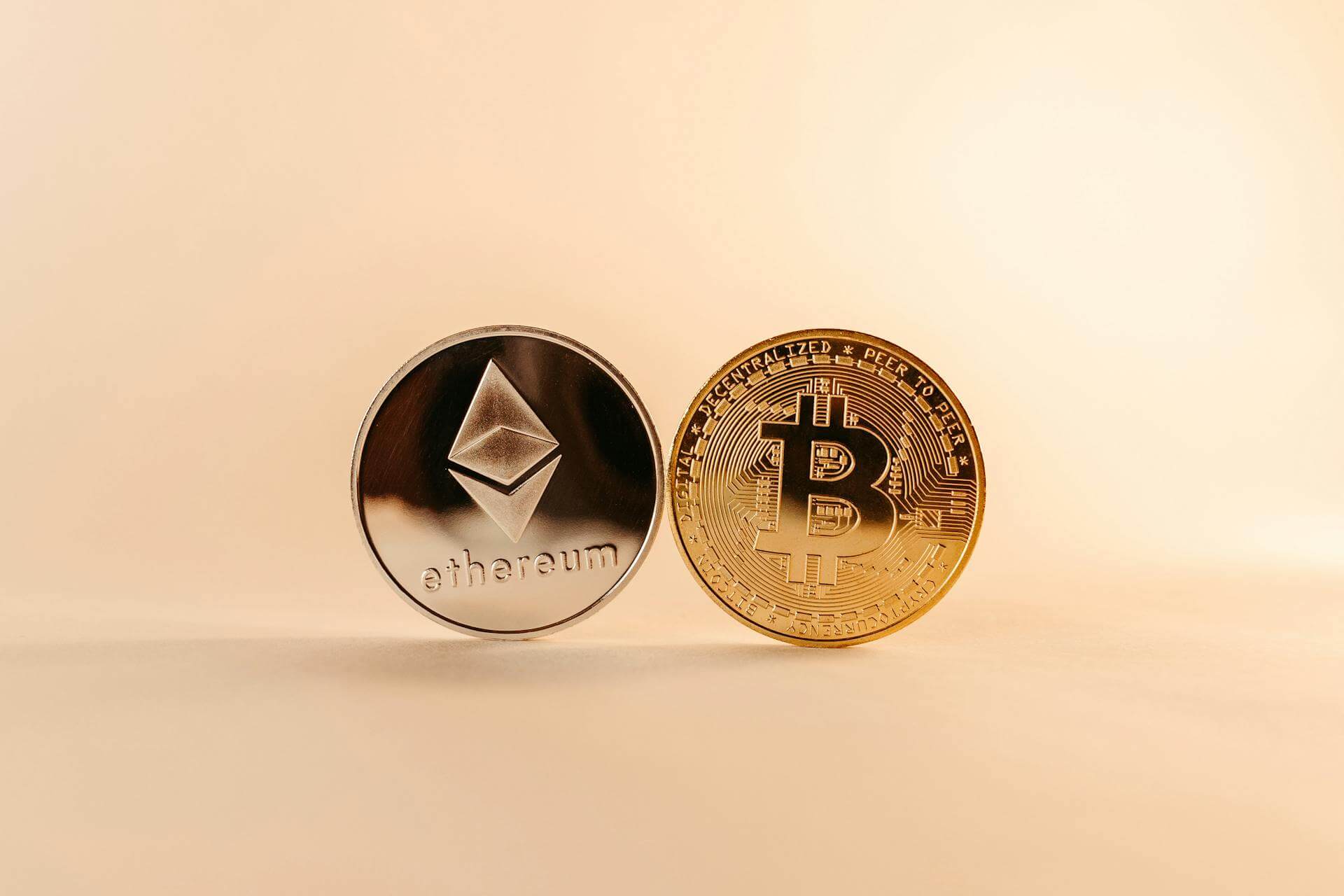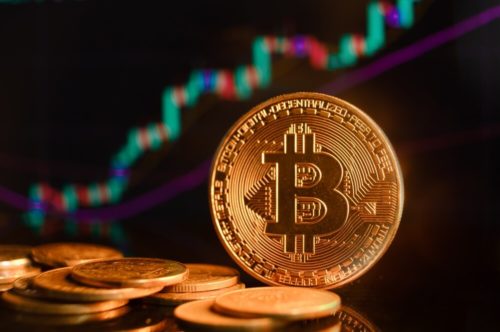
What is Blockchain? How does it work and what implications does it have?
Blockchain technology is increasingly being used around the world and is especially popular in the cryptocurrency space. But what exactly is Blockchain? And how does it work?
Blockchain is a chain of data blocks, each of which contains a timestamp and a link to a previous block. This makes Blockchain a completely transparent and immutable chain of data blocks. This means that any information stored on a chain of data blocks cannot be modified or deleted, making it an ideal choice for storing sensitive data.
Cryptocurrencies are a form of digital currency that is based on blockchain technology. Bitcoin, the most well-known cryptocurrency, was created in 2009 as a form of peer-to-peer payment that did not require intermediaries, such as banks. Cryptocurrencies are stored in a digital wallet, which is a form of software that can be downloaded and installed on a computer or mobile device. Digital wallets allow users to send and receive cryptocurrency, as well as view their wallet balance.
The most common use cases for blockchain and crypto technology include:
- Digital currencies and cryptocurrencies
- Payment for services
- Purchase and sale of products
- Store of value
- Trading of digital assets
- Identity and access
- Contracts and documents
Cryptocurrency: a secure digital currency
Digital currency is a form of electronic money. It can be transferred, stored, and used securely and reliably. Cryptocurrencies are digital currencies that use cryptography to secure transactions and to control the creation of new units. Digital asset trading is the process of buying and selling digital assets. Digital assets can be coins, tokens, or cryptocurrencies.
Top 10 Cryptocurrencies by Market Cap
Discover the top 10 cryptocurrencies by market cap in our updated list. Learn the performance and prices of top cryptocurrencies such as Bitcoin, Ethereum, and more on our website.
[coin-market-cap id=”3539″]The best cryptocurrency exchanges
Easy-to-use platforms to buy and sell crypto. Editor’s Choice of the best cryptocurrency exchanges

What is Blockchain? How does it work and what implications does it have?
Blockchain technology is increasingly being used around the world and is especially popular in the cryptocurrency space. But what exactly is Blockchain? And how does it work?
Blockchain is a chain of data blocks, each of which contains a timestamp and a link to a previous block. This makes Blockchain a completely transparent and immutable chain of data blocks. This means that any information stored on a chain of data blocks cannot be modified or deleted, making it an ideal choice for storing sensitive data.
Cryptocurrencies are a form of digital currency that is based on blockchain technology. Bitcoin, the most well-known cryptocurrency, was created in 2009 as a form of peer-to-peer payment that did not require intermediaries, such as banks. Cryptocurrencies are stored in a digital wallet, which is a form of software that can be downloaded and installed on a computer or mobile device. Digital wallets allow users to send and receive cryptocurrency, as well as view their wallet balance.
The most common use cases for blockchain and crypto technology include:
- Digital currencies and cryptocurrencies
- Payment for services
- Purchase and sale of products
- Store of value
- Trading of digital assets
- Identity and access
- Contracts and documents
Cryptocurrency: a secure digital currency
Digital currency is a form of electronic money. It can be transferred, stored, and used securely and reliably. Cryptocurrencies are digital currencies that use cryptography to secure transactions and to control the creation of new units. Digital asset trading is the process of buying and selling digital assets. Digital assets can be coins, tokens, or cryptocurrencies.











![Best Crypto Casinos [yyyy]: Discover Top Crypto Gambling Sites for Maximum Wins cropped-Logo-Social.jpg](https://www.blockchain.cl/wp-content/uploads/2022/11/cropped-Logo-Social.jpg)




![Best Online Casino [yyyy]: Complete Guide and Reviews los mejores casinos en línea](https://www.blockchain.cl/wp-content/uploads/2024/06/los-mejores-casinos-en-linea.jpg)






